 Nikola Tesla is one of the most prolific inventors of all time, and yet many have never heard of him. Born in the little village of Smiljan in what is now Croatia, Tesla’s family was actually Serbian. From a young age Tesla liked to experiment, even to the point of gluing June bugs to sticks to create a self-propelled windmill. He later went on to work for Thomas Edison, then became one of Edison’s biggest rivals in the “war of the currents.” Tesla was the one that made it possible to put alternating current, AC, into widespread use, much to the dismay of Edison who had been pushing direct, DC, current.
Nikola Tesla is one of the most prolific inventors of all time, and yet many have never heard of him. Born in the little village of Smiljan in what is now Croatia, Tesla’s family was actually Serbian. From a young age Tesla liked to experiment, even to the point of gluing June bugs to sticks to create a self-propelled windmill. He later went on to work for Thomas Edison, then became one of Edison’s biggest rivals in the “war of the currents.” Tesla was the one that made it possible to put alternating current, AC, into widespread use, much to the dismay of Edison who had been pushing direct, DC, current.
Unfortunately, Telsa’s name is often ignored in the history books. Here are five things that you probably didn’t know about Nikola Tesla.
1) Tesla was a showman, but also a recluse: Yes, that does appear to be a paradox, but it’s true. Tesla would often hide himself in his lab with the shades closed to keep the light out. Sleeping only a few hours a day he would work from late morning one day well into the wee hours of the morning the next day. And yet at other times he would be a much sought after socialite, partying with the likes of writer Mark Twain and poet Robert Underwood Johnson and his beautiful wife Katharine. When Tesla gave presentations to the scientific community he would enthrall the audience with magical shows of light and energy. Then he could disappear from the public eye for months on end, digging himself into his work and, later, feeding the pigeons in his lonely hotel suite.
2) Tesla inspired Google’s Larry Page to become an inventor: When Larry Page was 12 years old his father gave him a copy of Nikola Tesla’s autobiography, My Inventions. Page was impressed with all of the innovations that sprung from Tesla’s mind. And yet, Page decided later that it was better to be more like Thomas Edison. Whereas Tesla focused on fundamental research, Edison knew how to develop a practical way to market the discoveries and make money. Edison died rich, Tesla died in poverty. Meanwhile, Larry Page has invested in Tesla Motors, the electric car company named after you know who.
3) Nikola Tesla was a proponent of renewable energy: Tesla lived from 1856 to 1943, and yet more than 100 years ago he said “long before this consummation, coal and oil must cease to be important factors in the sustenance of human life on this planet.” He advocated for the development of energy from the sun, from windmills, and from hydroelectric power. His inventions allowed the first major production and long-distance distribution of alternating current hydroelectricity on a large scale – from Niagara Falls. And he sought ways to tap the energy of nature, believing that the best way “to obtain power would be to avail ourselves of the sun’s rays.”
4) Tesla was from Venus: Okay, this one isn’t actually true, at least to most people. But there are some who believe that Tesla was born on Venus and sent here to prepare mankind for the eventual arrival of Venusian culture. Whether he was Venusian or not doesn’t change the fact that Tesla believed that he had received signals from outer space while he was experimenting with radio technology in Colorado Springs. In any case, Tesla did discover radio before Marconi made millions of dollars (and received a Nobel Prize) after having “borrowed” ideas from Tesla. The question wasn’t settled until many decades later, mere months after Tesla had passed away in his sleep at the New Yorker Hotel on January 7, 1943. [I was at the New Yorker Hotel on January 6 and 7, 2013 – 70 years to the day after Tesla died. I attended the Tesla Memorial Conference.] Oh, and his body wasn’t returned to Venus. Tesla’s ashes are held in a Tesla coil-shaped sphere at the Nikola Tesla Museum in Belgrade, Serbia.
5) Wardenclyffe Lives!: Tesla’s last formal laboratory was on Long Island in what is now Shoreham. Called Wardenclyffe, Tesla had spent many frustrating years building a huge tower that would serve as the base of operations for his World Wireless System. Essentially a radio station to broadcast wirelessly across the world, Tesla also saw Wardenclyffe as the center of his wireless electrical power system. The Earth would serve as a conductor and everyone would be able to simply tap into the energy wherever they were. For free. The idea never came to fruition due to both technical and financial problems. While the tower was torn down to pay debts early in the 20th century, the laboratory property remains. Astonishingly, the property came up for sale and, through the most amazing crowdfunding feat in modern history, the lab is being purchased by the Tesla Science Center at Wardenclyffe, a non-profit group led by Jane Alcorn that plans to restore it as a working science center and tribute to Nikola Tesla.
So in the not to distant future visitors will be able to take themselves back in time to watch Nikola Tesla shoot bolts of lightning through his body and electrify the Earth. Perhaps Tesla’s dream of bringing free energy to all will finally come to fruition.
David J. Kent is the author of Tesla: The Wizard of Electricity (2013) and Edison: The Inventor of the Modern World (2016) (both Fall River Press). He has also written two e-books: Nikola Tesla: Renewable Energy Ahead of Its Time and Abraham Lincoln and Nikola Tesla: Connected by Fate. His next book is on Abraham Lincoln, due out in July 2017.
Follow me by subscribing by email on the home page. And feel free to “Like” my Facebook author’s page and connect on LinkedIn. Share with your friends using the buttons below.
Like this:
Like Loading...
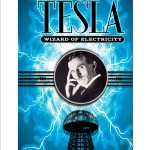 We have a book release date! Tesla: Wizard of Electricity is officially scheduled to be published on June 30, 2013. That is when it will be available to the general public. A mere nine months after I submitted the manuscript. Of course, it isn’t really that easy. The process of publishing a book, while not quite like having a baby, apparently takes just as long.
We have a book release date! Tesla: Wizard of Electricity is officially scheduled to be published on June 30, 2013. That is when it will be available to the general public. A mere nine months after I submitted the manuscript. Of course, it isn’t really that easy. The process of publishing a book, while not quite like having a baby, apparently takes just as long.


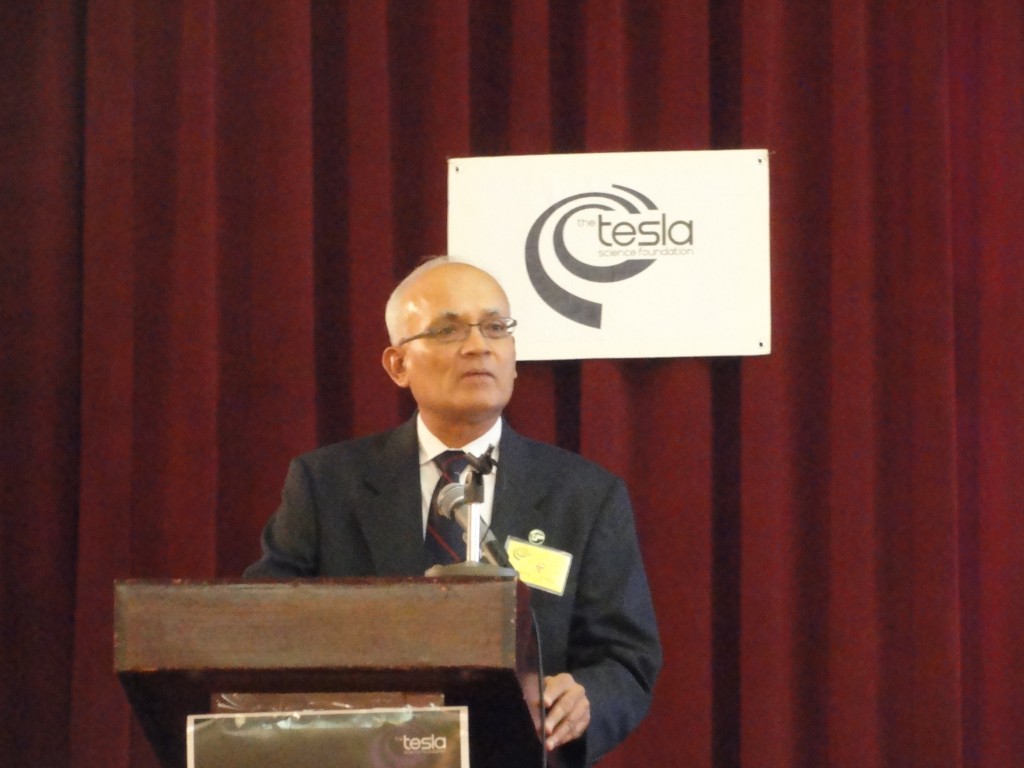
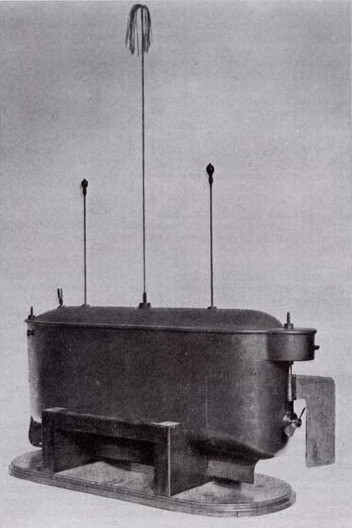

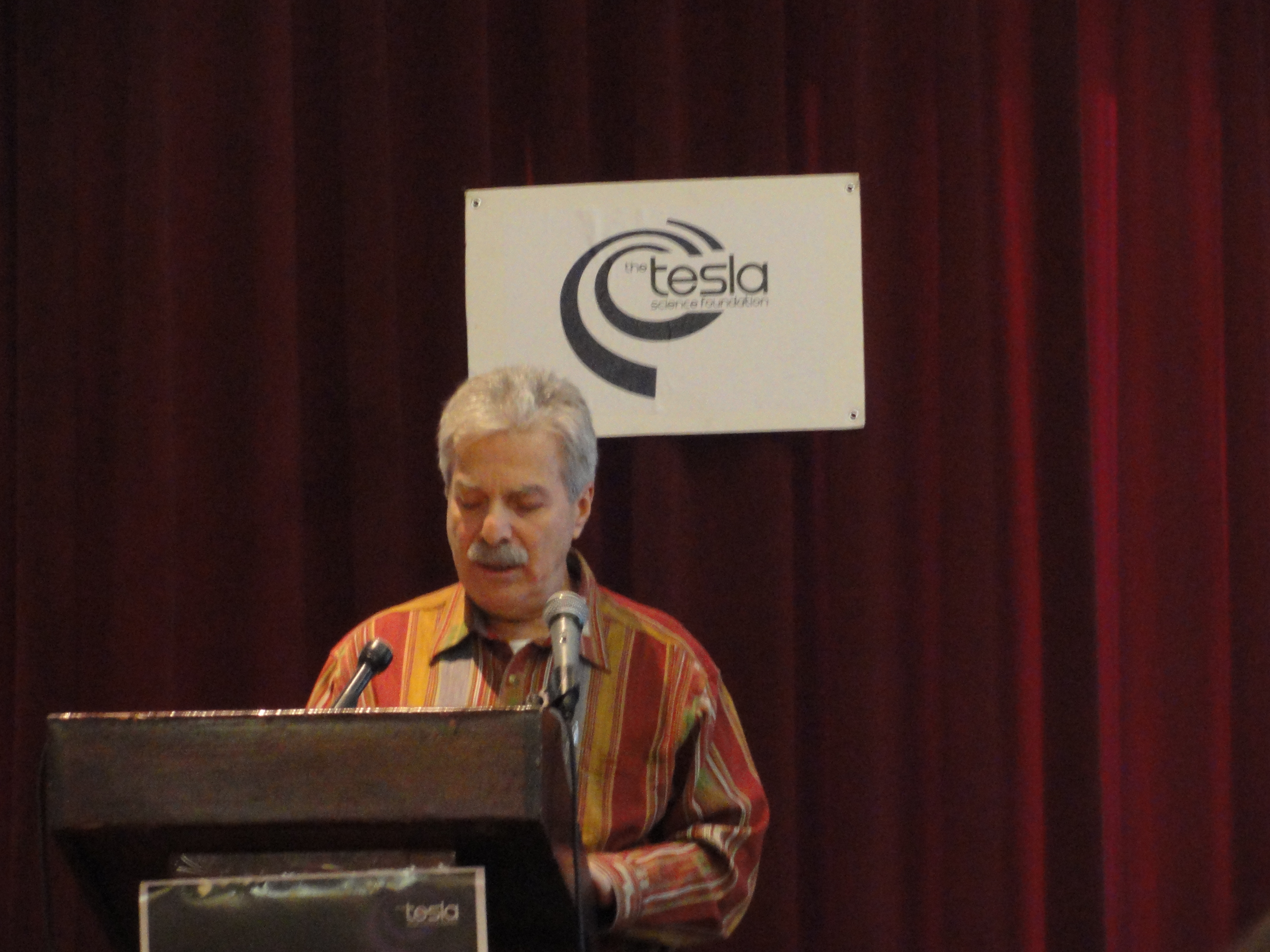
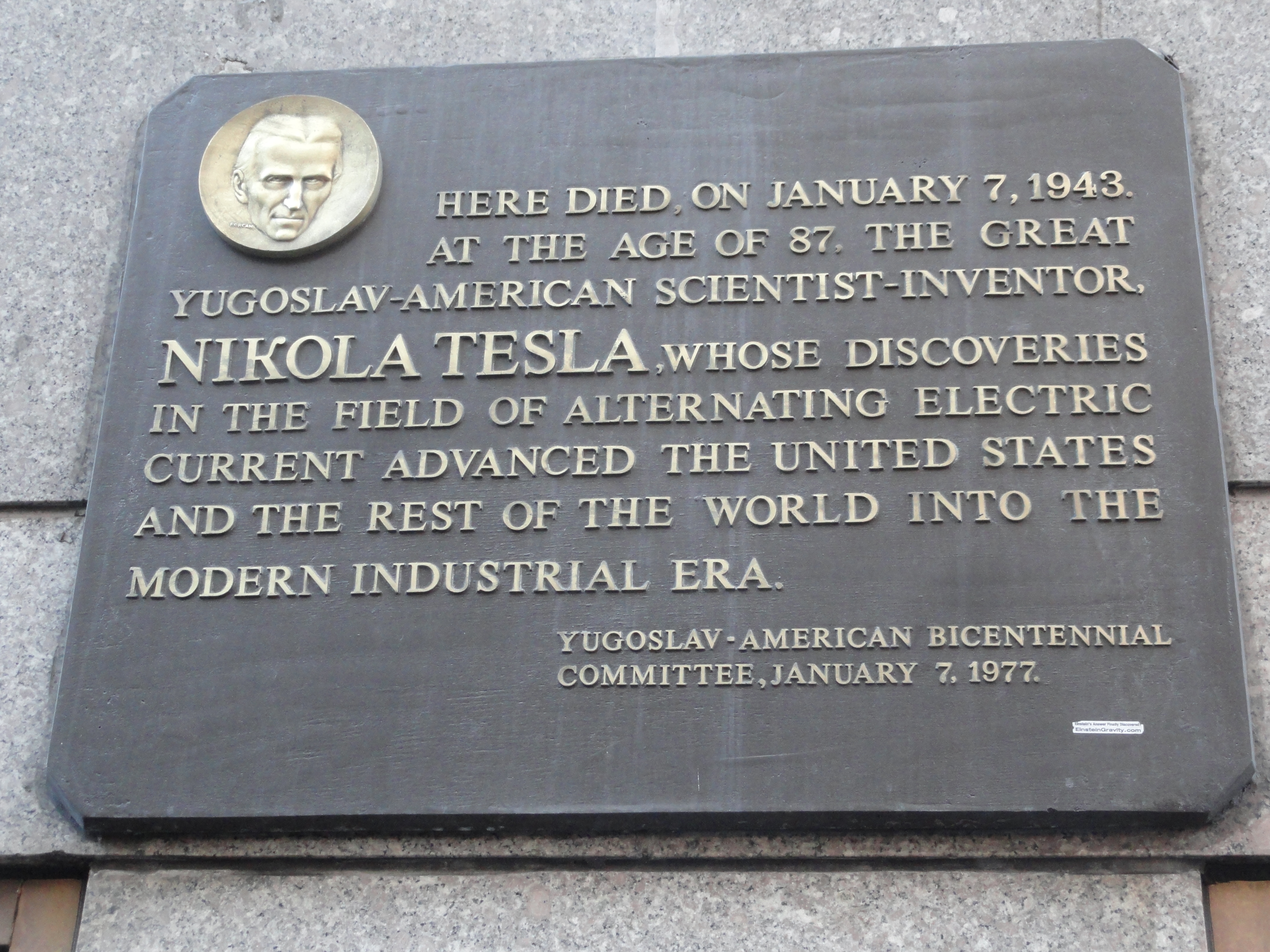
 Nikola Tesla is one of the most prolific inventors of all time, and yet many have never heard of him. Born in the little village of Smiljan in what is now Croatia, Tesla’s family was actually Serbian. From a young age Tesla liked to experiment, even to the point of gluing June bugs to sticks to create a self-propelled windmill. He later went on to work for
Nikola Tesla is one of the most prolific inventors of all time, and yet many have never heard of him. Born in the little village of Smiljan in what is now Croatia, Tesla’s family was actually Serbian. From a young age Tesla liked to experiment, even to the point of gluing June bugs to sticks to create a self-propelled windmill. He later went on to work for 








